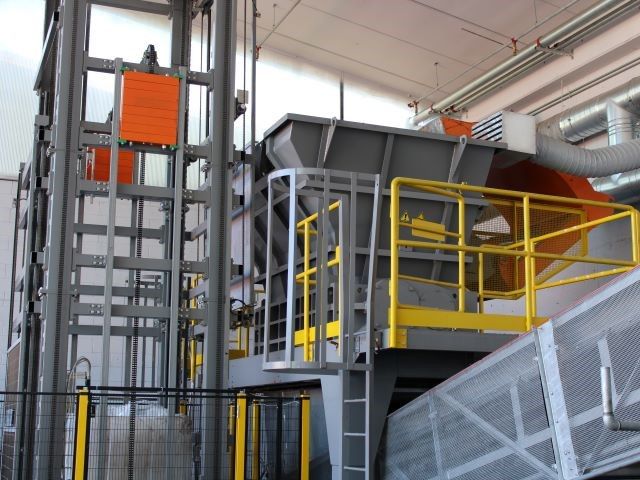
Non-Hazardous industrial waste: a growing global challenge
The increasing production of non-hazardous industrial waste, stemming from industrial and commercial activities, represents a significant global challenge. These wastes include production scrap, construction and demolition materials, and packaging waste.
Integrated waste management
Managing these wastes requires an integrated approach, considering economic, environmental, and social aspects. The key goals are the reduction of waste production, differentiated collection, and sustainable treatment.
Updated data and trends
Recently, Italy recorded 12.7 million tons of non-hazardous industrial waste, with the European Union at 120.4 million. Collection has increased in parallel: 12.1 million tons in Italy and 117.4 in the EU in 2021. The main treatment methods are recycling and energy recovery, with significant percentages in both regions.
Future challenges and solutions
Future challenges include reducing waste production, improving differentiated collection, and increasing recycling and energy recovery rates. To address these, specific interventions are needed, such as the introduction of fiscal measures to reward sustainable practices, the development of technical standards to reduce environmental impact, and the promotion of informative campaigns.
Increasing recycling and energy recovery
Increasing recycling and energy recovery is essential to reduce the environmental impact. This requires binding targets, support for investments in treatment plants, and promotion of research on new waste treatment technologies.
Industry overview
In 2022, there were 18,485 companies active in the industrial waste sector in Italy, distributed among disposal, recovery, and consulting sectors. In the EU, there were 180,000 specialized companies, showing a steady growth in the sector.
Case Study: SatrindTech
A significant example is SatrindTech's intervention for an industrial waste treatment line. The proposed solution included a 110kW dual-shaft shredder, automated loading systems, an elevator, a hydraulic press in the hopper, a conveyor belt, and a sophisticated control system with PLC. This technology illustrates the evolution and efficiency in industrial waste treatment as can be seen from the video
Conclusion
The management of non-hazardous industrial waste is a complex but achievable task with targeted and coordinated actions. Increasing awareness and innovation in the sector promise significant improvements in sustainable waste management. Collaboration between companies, governments, and communities is crucial for long-term success.














